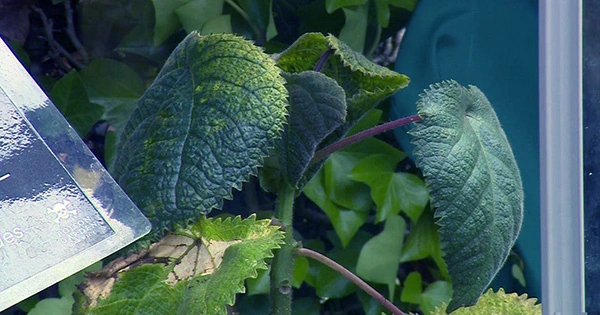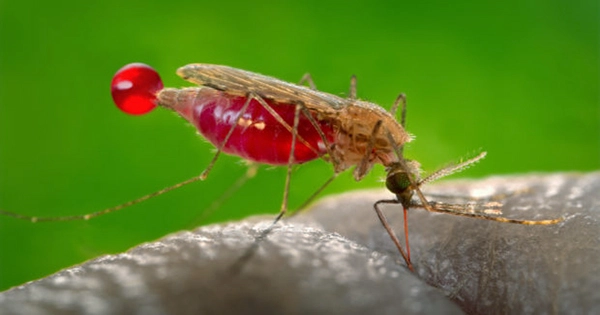A woman has described her encounter with one of the world’s most lethal plants, Dendrocnide macrolides, often known as gympie-gympie (for the place where it was discovered) or the stinging tree (after what it will do to you with gusto).
The plant, a form of nettle, is poisonous everywhere, but especially on the stems. North Queensland road surveyor A.C. Macmillan was among the first to notice the tree. In 1866, he stated that his packhorse was stung by a tree and “went insane and died within two hours.”
In summary, it’s not the kind of plant you want to slide into while mountain biking, like Naomi Lewis, 42, did near her home in Cairns, Australia, coating her legs in plant hairs.
“The ache was simply awful. “The body reaches a pain threshold, and then I start vomiting,” Lewis told ABC News.

Her husband drove her to the pharmacy to get wax strips in an attempt to remove the tree’s hair. He and others heated the wax strips on his automobile and removed what they could while waiting for an ambulance. They couldn’t do much more than place warming blankets on her legs and manage her agony in the hospital, where she stayed for a week.
Lewis said, “I’ve had four kids – three caesareans and one natural childbirth.” “None of them come even close.”
She was discharged with medications, but nine months later, she still experiences acute aches in her legs, as if she had been pinged with a rubber band.
Others who have been stung by the plant have described the sensation as “the worst kind of pain you can imagine.”
“I remember it feeling like there were giant hands trying to squash my chest,” Ernie Rider recalled of his 1963 encounter with gympie-gympie. “The pain was almost unbearable for two or three days; I couldn’t work or sleep, and then it was pretty bad pain for another fortnight or so.” The stinging lasted two years and came back every time I took a cold shower.”
It’s commonly described as a stinging ache that lasts 20-30 minutes. Even yet, as in Lewis’ case, the ordeal may not be ended.
“The hairs can remain in the skin for up to six months,” Marina Hurley, a stinger turned gympie-gympie researcher, noted in 2018, “with stings recurring if the skin is pressed hard or washed with hot or cold water.”
Surprisingly, the plants have bite scars on them, indicating that there are animals capable of dealing with the dangerous plant. Hurley discovered various suspects, including beetles, other insects, and red-legged pademelons, a sort of tiny marsupial.
















